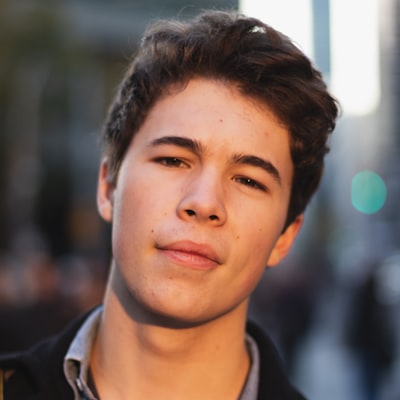The history of Massage Therapy in India and Egypt


Massage therapy is a practice that dates back to 3000 BCE in India. It was thought to be an ancient practice that was believed to be a source of natural healing. Ayurvedic medicine believed that massage therapy was the ultimate secret to life. It was a method passed down through generations to heal wounds, ease pain, and stop and prevent many illnesses from repeating. A lot of these methods are similar to the practice of acupuncture.
Egypt is another location where you can trace the origins of massage. The practice of massage was a part of religious ceremonies in Egypt. The Karnak Temple in St Catherine's Monastery, Egypt is one illustration. In this place, you'll see two rollers that have oils on them and the staff has eyes of cobra looking at you through the eyes. The purpose of the rollers and the eyes of the cobra is believed to focus the heart, mind, and body onto the same location. Many Egyptologists believe the eye of the cobra has magical powers that are connected to the ancient mysterious art of Egypt.
Massage techniques developed in China, Japan, Persia, and India. The Romans, Greeks and Egyptians utilized it. Massage became a medical practice to relax muscles and ease tension, and it was a well-known method for conditioning. The earliest Chinese reflexology practices involve the application of acupressure points along the limbs, back shoulder, neck as well as other specific points.
There are several types of Swedish massage, including Swedish massage as well as sports massage. It is a strenuous kneading motion to stimulate muscular contractions. Swedish massage is smooth and uses long, gliding strokes. While the majority of therapists utilize gentle, flowing movements however, some might apply pressure on specific areas.
It is possible to use Effleurage to gently stroke and press parts of the skin with both your hands. The technique is typically used to stimulate deeper layers of tissue, which are hard to reach with massage strokes or Effleurage. Effleurage is a smooth, circular movement that creates a feeling of ease and fluidity. Effleurage strokes are a great way in conjunction with other types of Swedish massage.
Reflexology, an aspect of alternative medical treatment, is based on the idea that pressure points placed on the hands or feet could affect the overall health of our bodies. The most well-known reflexology technique is to massage the finger. This is thought to be especially helpful in treating conditions like joint soreness, joint pain, and stress. The use of reflexology can enhance overall well-being and overall health. Aromatherapy techniques include the use of essential oils and scent lotions applied to the skin. Essential oils are believed to have curative and healthful properties due to their ability to physically work with the body's natural chemicals.
In Traditional Chinese Medicine (TCM) massage therapists are trained to identify, understand the causes of different health conditions through the use of different massage techniques. Massage therapy isn't limited to the systems mentioned above however. Extra resources TCM also informs us the concept of energy flow as a theory. That means pressure points on the feet and hands can have an effect on the meridian flow and affect the energy levels of patients. In the case of a patient whose energy flow is unbalanced there will be an imbalance that manifests its self, and through balance massages may help alleviate the problem.
Massage therapy in India is incredibly well-known. It is a multi-million dollar industry and has been practiced for long periods of time. Massaging in India is referred to as 'Ayuvedra' by the Hindus, and 'Pranayama by the Persians. Massaging is now a common treatment to relieve pain in hospitals and spas. Massage therapists from the East often combine massage along with aromatherapy, acupressure, and yoga to increase the pleasure.
